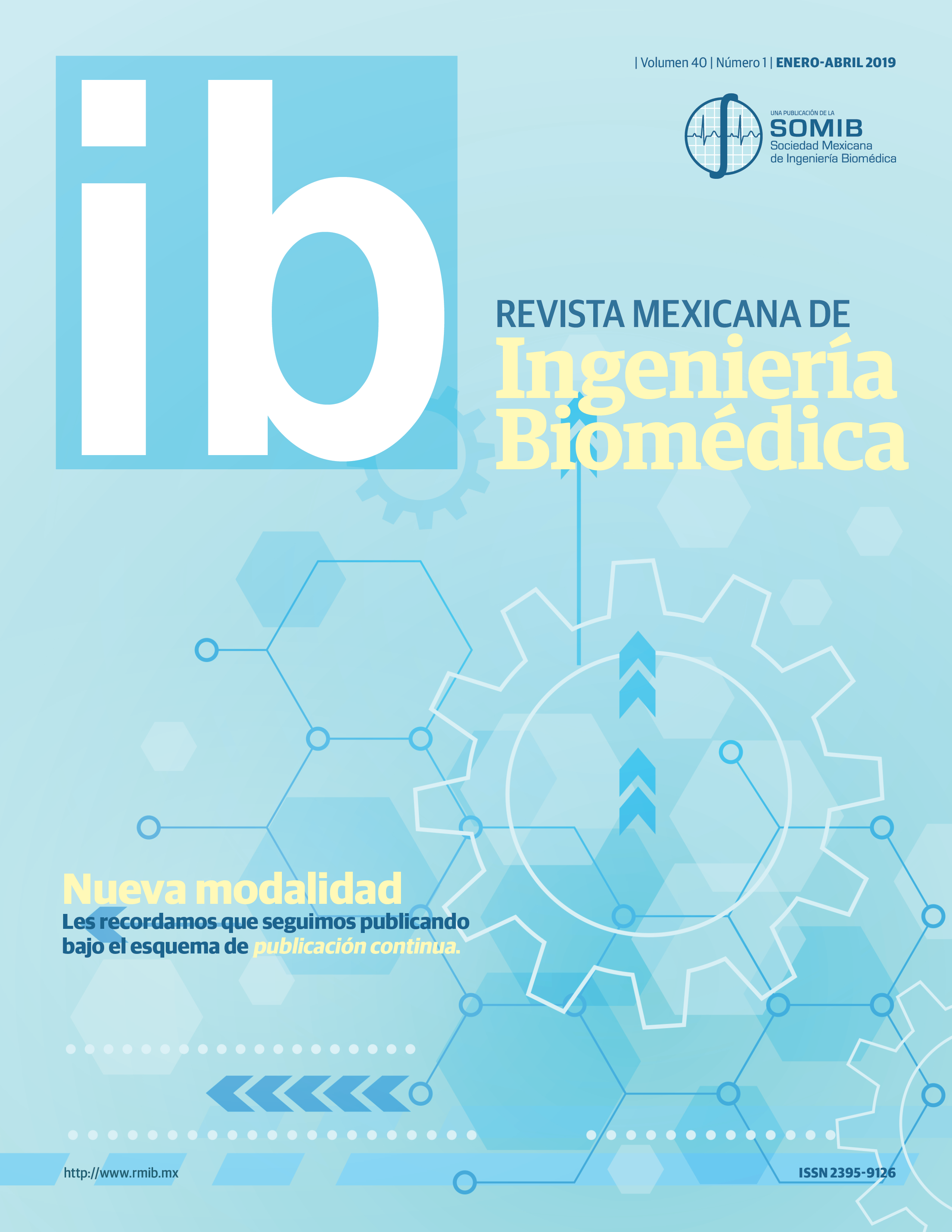Estimation of Hand-Grip Intention: Cylindrical, Spherical and HookUsing Deep Neural Networks
DOI:
https://doi.org/10.17488/RMIB.41.1.9Keywords:
artificial neural network LSTM, artificial neural network dense layer, hand graspAbstract
Upper extremities amputations can produce different disability degrees in the amputated person, this is acerbated even more, when it happens during active working life. So, for this reason, it is of social importance the study of prostheses and algorithms that help a better control of these by the user. In this research, we propose an architecture based on recurrent neural networks, called Long Short-Term Memory, and convolutional neural networks for classification of electromyographic signals, with applications for hand prosthesis control. The proposed network classifies three types of movements made by the hand: cylindrical, spherical and hook grips. The proposed model showed an efficiency (accuracy) of 89%, in contrast to an artificial neural network based on completely connected layers that only obtained an efficiency of 80% in the prediction of the hand movements. The present work is limited to evaluate the network with an electromyogram input, the control system for hand prosthesis was not implemented. Thus, an architecture of convolutional networks for the control of hand prostheses that can be trained with the signals of the subject.
Downloads
Downloads
Published
How to Cite
Issue
Section
License
Copyright (c) 2020 Revista Mexicana de Ingeniería Biomédica

This work is licensed under a Creative Commons Attribution-NonCommercial 4.0 International License.
Upon acceptance of an article in the RMIB, corresponding authors will be asked to fulfill and sign the copyright and the journal publishing agreement, which will allow the RMIB authorization to publish this document in any media without limitations and without any cost. Authors may reuse parts of the paper in other documents and reproduce part or all of it for their personal use as long as a bibliographic reference is made to the RMIB. However written permission of the Publisher is required for resale or distribution outside the corresponding author institution and for all other derivative works, including compilations and translations.








